
Acorn Squash Recipe & Nutrition Precision Nutrition's Encyclopedia of
Comparing the Glycemic Index of Spaghetti Squash and Acorn Squash. The glycemic index (GI) is a measure of how quickly a food can raise blood sugar levels after consumption. Foods that have a high GI value can increase the risk of type 2 diabetes, obesity, and other metabolic disorders. Spaghetti squash has a lower GI value than acorn squash.

Acorn Squash » Goodale Farms
These "winter squash" are typically harvested in the fall. You may be familiar with popular winter squash like the pear-shaped butternut squash, the acorn squash (appropriately named, given its acorn-like appearance), and of course, the beloved pumpkin! "Summer squash" are thinner skinned and much softer on the outside.

Roasted Acorn Squash The Shortcut Kitchen
Estimating the glycemic index involves conducting specialized lab tests to measure the effect of a particular food on the blood sugar levels of test participants. However, as of now, the glycemic index of squash, winter, acorn, raw has not been tested. To address the lack of testing for most foods, we have developed an advanced AI model that.

Acorn Squash là gì? Dinh dưỡng, lợi ích và cách nấu! BSTT
Like other winter squash, acorn squash are highly nutritious, providing a quality source of vitamins, minerals, and fiber. One cup (205 grams) of cooked acorn squash offers ( 2 ): Calories: 115.
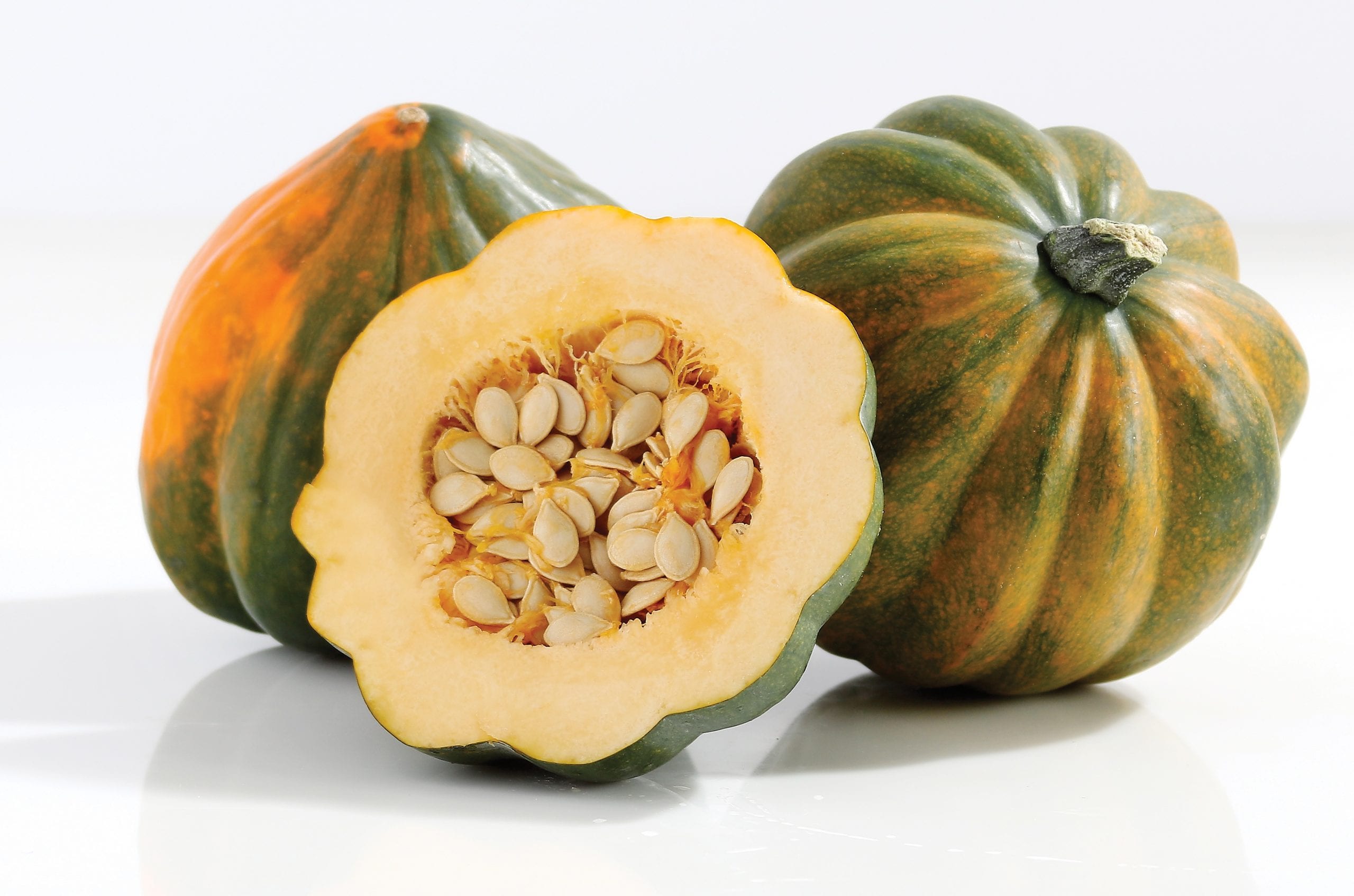
Cooking Cove Acorn squash and stuff to stuff it with TBR News Media
Preheat the oven to 425°F (220°C). Slice the top and bottom of the squash, then place it on a flat end and slice it in half. Scoop out the seeds with a spoon, then slice each half into slices about 1-inch thick. Add the squash to a large mixing bowl along with the oil, parmesan, garlic, salt, basil, thyme, and oregano.
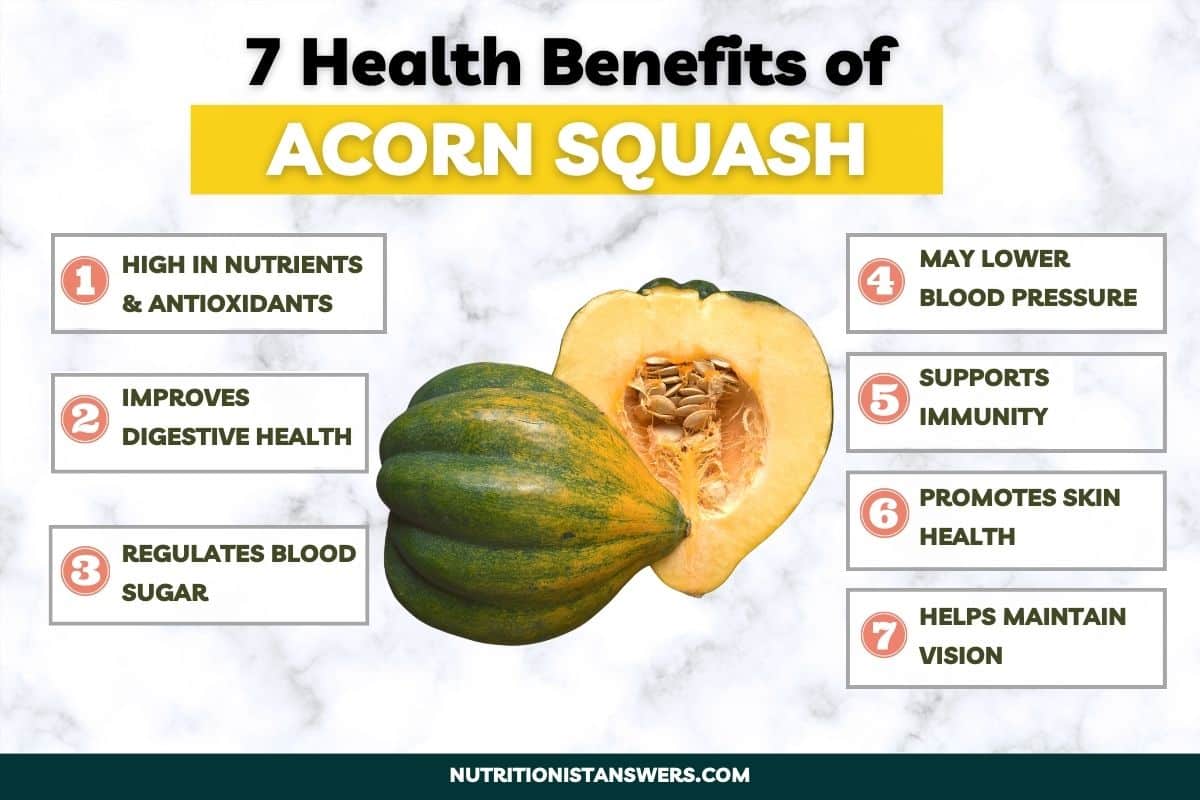
7 Benefits of Acorn Squash Nutritionist Answers
Preheat the oven to 425°F and line a baking sheet with parchment paper. Place the acorn squash halves on the baking sheet cut side up. Drizzle with olive oil and maple syrup and sprinkle with salt and pepper. Use your hands to coat the squash. Sprinkle the sage and/or rosemary into the center of the squash.

Splenda Dine with a Darling
Glycemic index of squash The glycemic index (GI) of squash equals to 15, which classifies it as a low GI food. Glycemic load of squash The glycemic load (GL) of squash is equal to 0.7, which classifies it as a low GL food. Squash: Calories and Nutritional info 100 grams of squash contain 24 kcal. Squash Read More »

The Most Amazing Health Benefits Of Acorn Squash Health Cautions
Regardless of its glycemic index, acorn squash is high in fiber and other nutrients that can help maintain steady blood sugar levels. A 1-cup (205-gram) serving of cooked acorn squash provides 30 grams of carbohydrates, 9 of which are fiber ( 4 ). Fiber helps slow the digestion and absorption of carbohydrates into the bloodstream and is linked.
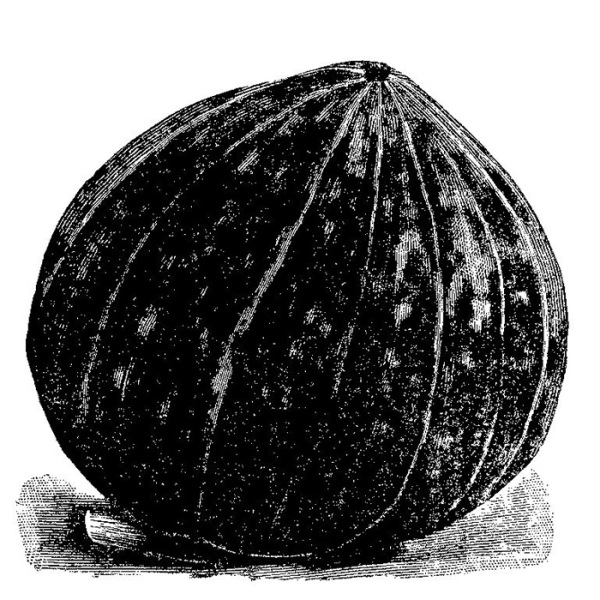
Acorn Squash, Squash Seeds R.H. Shumway's Company
Place on microwave-safe plate cut-side down and heat on high for 5-10 minutes depending on size, or until tender. Let stand for a few minutes before handling. Stewed: Remove the skin and seeds and slice into uniform small chunks. Mix into soups, stews, or casseroles at the beginning of the cooking time.
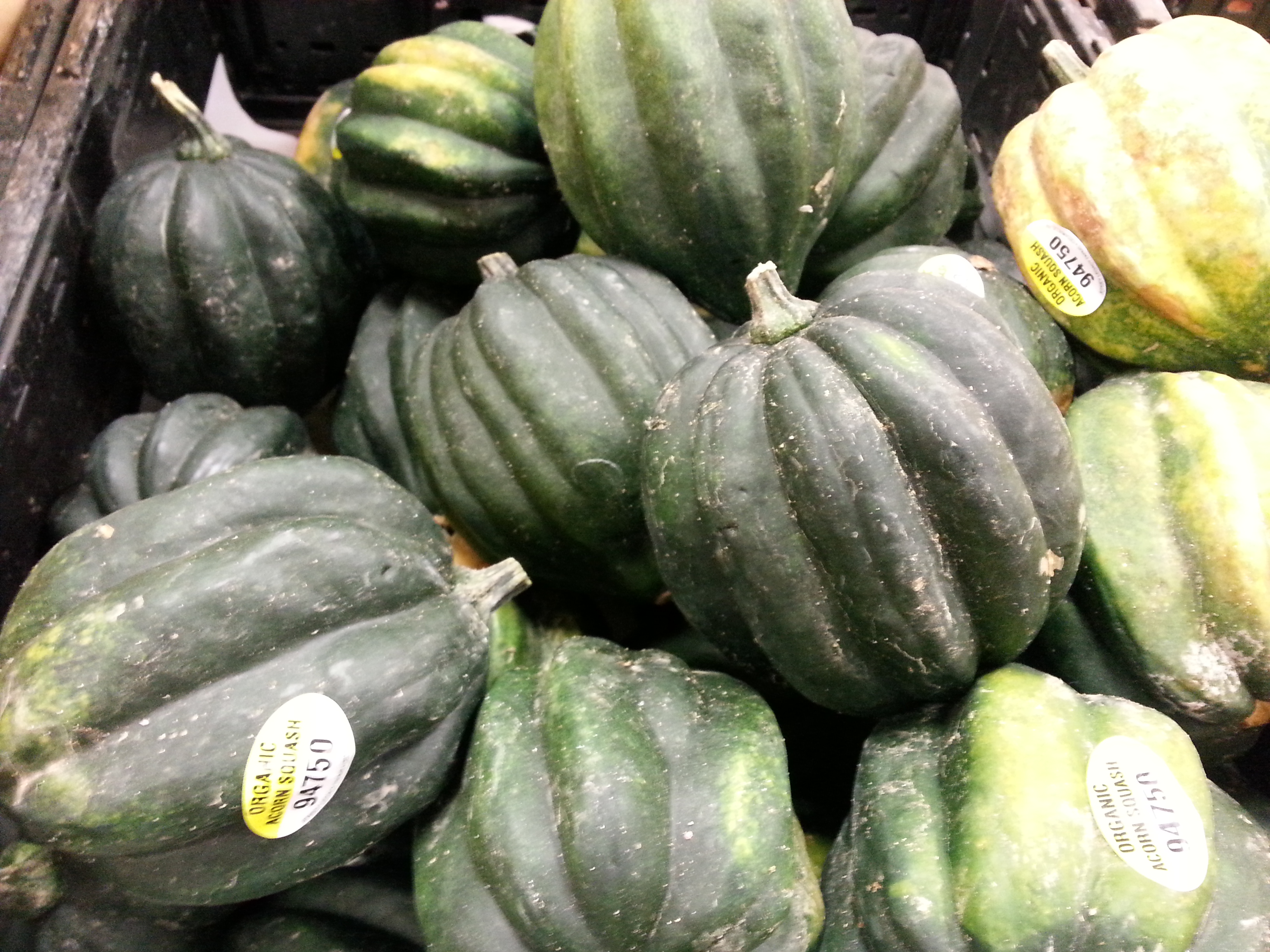
What Do I Do with An Acorn Squash? BRG Health • Bonnie R. Giller
Acorn squash and butternut squash are two types of squash that are high in vitamins, fiber, and are a good source of other nutrients. According to the USDA, a cup of cubed acorn squash offers 14.6 g of carbs and 56 cal, while a similar serving of butternut squash yields relatively higher amounts — 16.4 g of carbs and 63 cal.

Acorn Squash From our garden Chris Feser Flickr
Acorn squash is a starchy vegetable, meaning it's higher in carbs than non starchy ones, like broccoli and spinach. If you're watching your carbs, limit acorn squash to one cup or about 25% of.
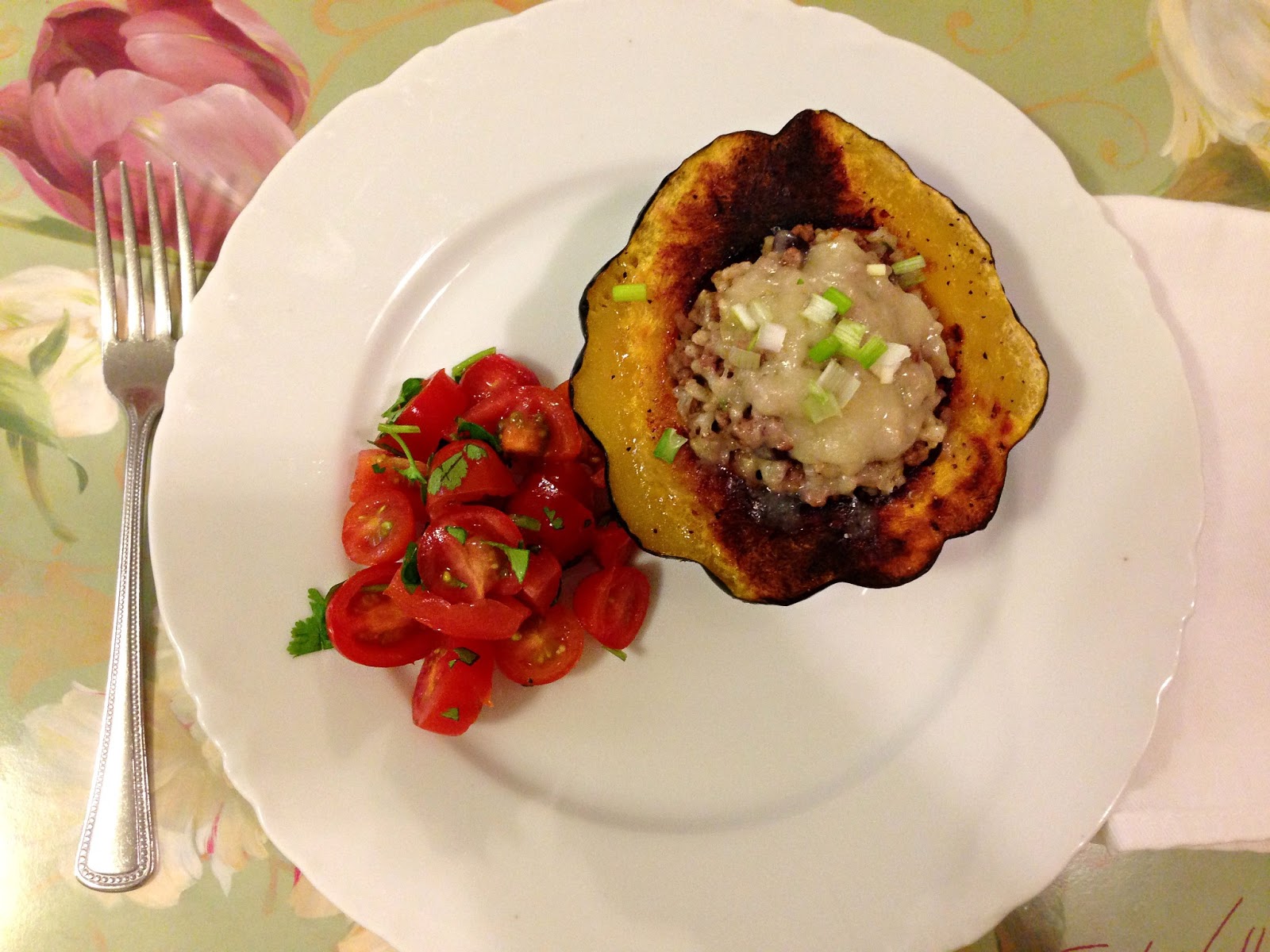
creative confetti Acorn Squash (sigh)
Glycemic Index of Acorn Squash and Blood Sugar Considerations. Understanding the glycemic index (GI) of foods is crucial for those managing blood sugar levels, such as individuals with diabetes or insulin resistance. The glycemic index is a system that ranks foods based on how quickly they raise blood glucose levels. Foods with a high GI are.

Simply Gourmet Sliced Acorn Squash with Parmesan Cheese
Regardless of its glycemic index, acorn squash can be enjoyed as part of a balanced meal alongside protein and fat to maintain healthy blood sugar levels. 4. May lower blood pressure. Acorn squash is naturally low in sodium and high in potassium and magnesium, a combination that may help protect against hypertension (high blood pressure) .
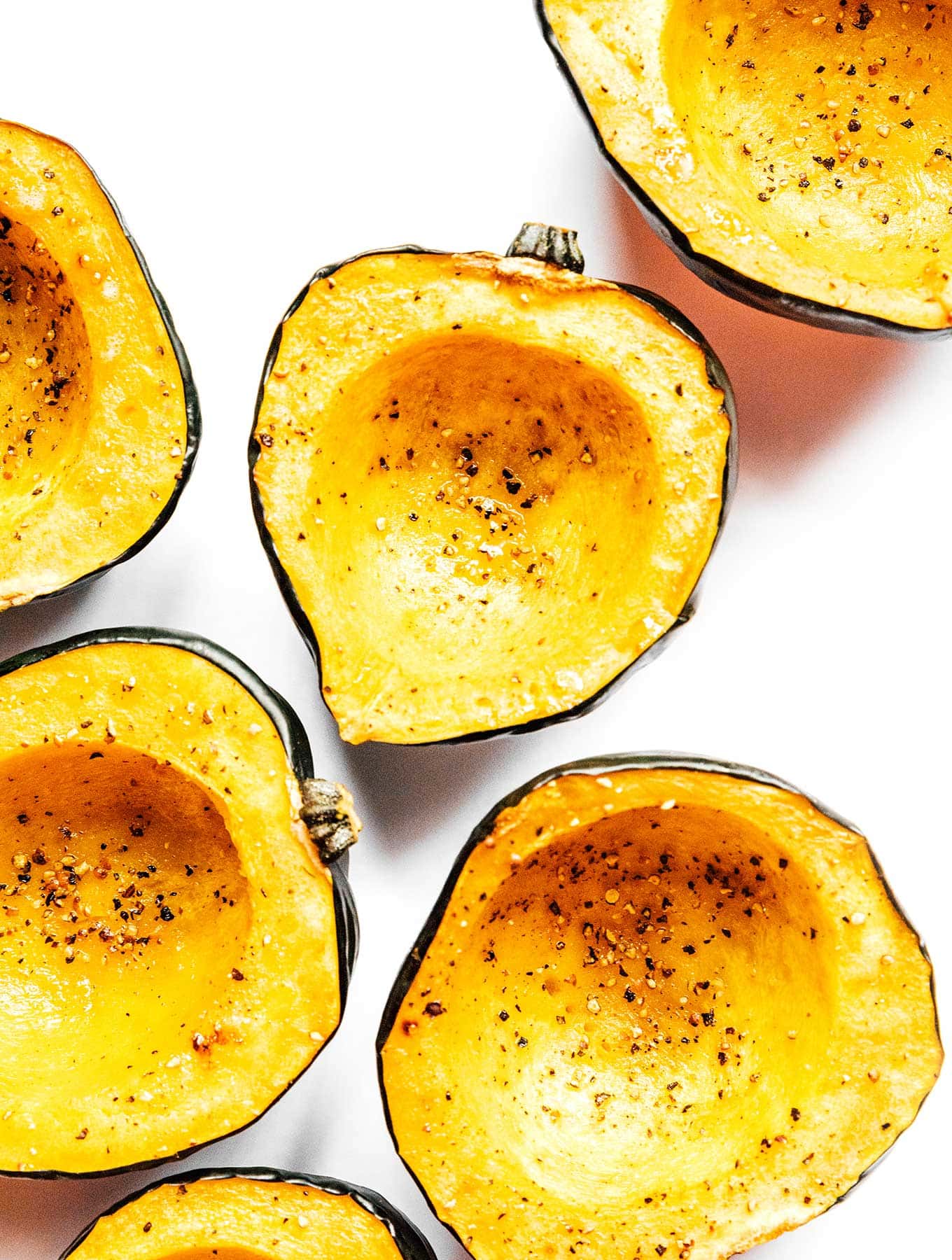
How to Roast Acorn Squash Recipe Cart
Carefully cut the squash in half from top to bottom. Using a spoon, scoop out the insides of the squash and discard. Slice each half into 2-3 pieces and transfer to a parchment lined baking sheet. Step 2: Drizzle the squash with olive oil, salt and pepper. Transfer into a 425 degree oven and roast.
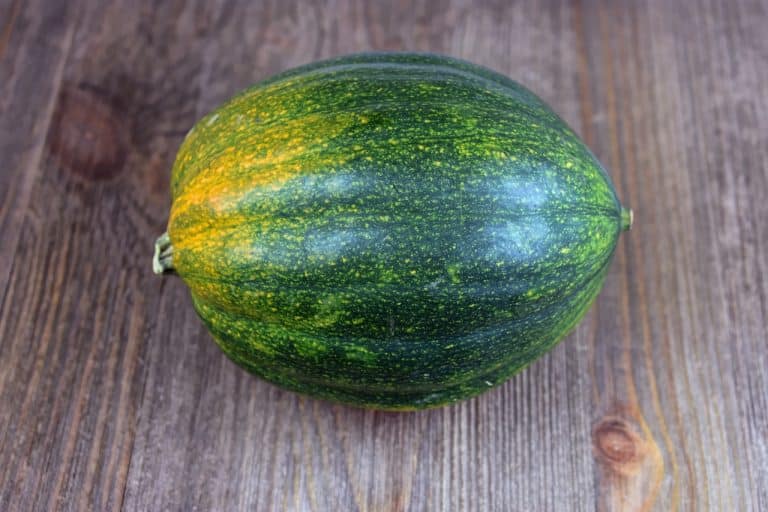
How Long Do Acorn Squash Last?
Winter Squash Nutrition Facts. Winter squash is moderately high in carbohydrates, ranging from around 10 grams up to 19 grams total carbs per cup of cut cubes. It's pretty high in fiber - 1 cup containing 2 to 3 grams. It's a fantastic source of vitamins A, C, B6, and K, manganese, copper, and folate. Winter squash has a moderate glycemic.

How To Cook Acorn Squash in the Oven The Easiest, Simplest Method Kitchn
Glycemic Index Table. A standard serving of 100 grams of raw butternut squash contains approximately 12 grams of carbohydrates.¹ The glycemic index of squash is estimated to be around 50, indicating a moderate impact on blood sugar levels.² By multiplying the glycemic index by the carbohydrate content (12g), we find that the Glycemic Load (GL.